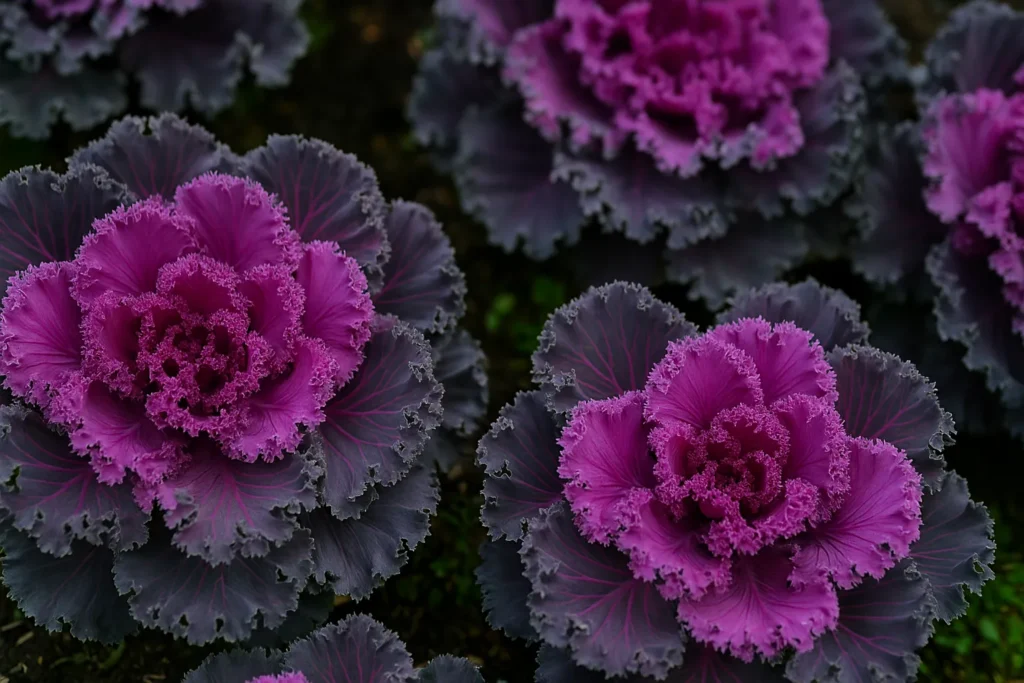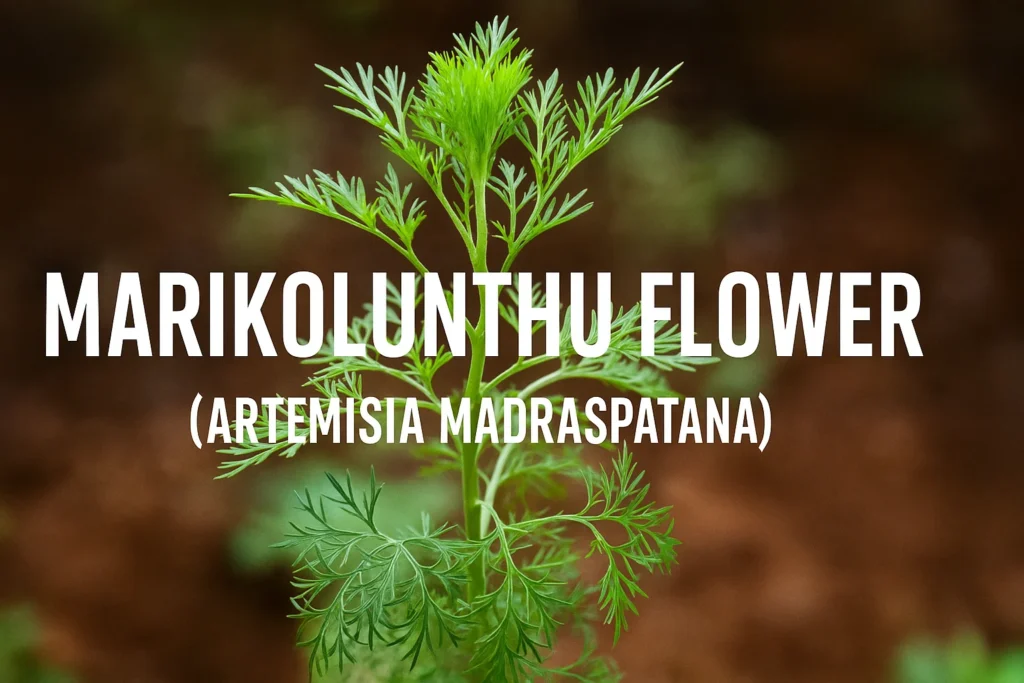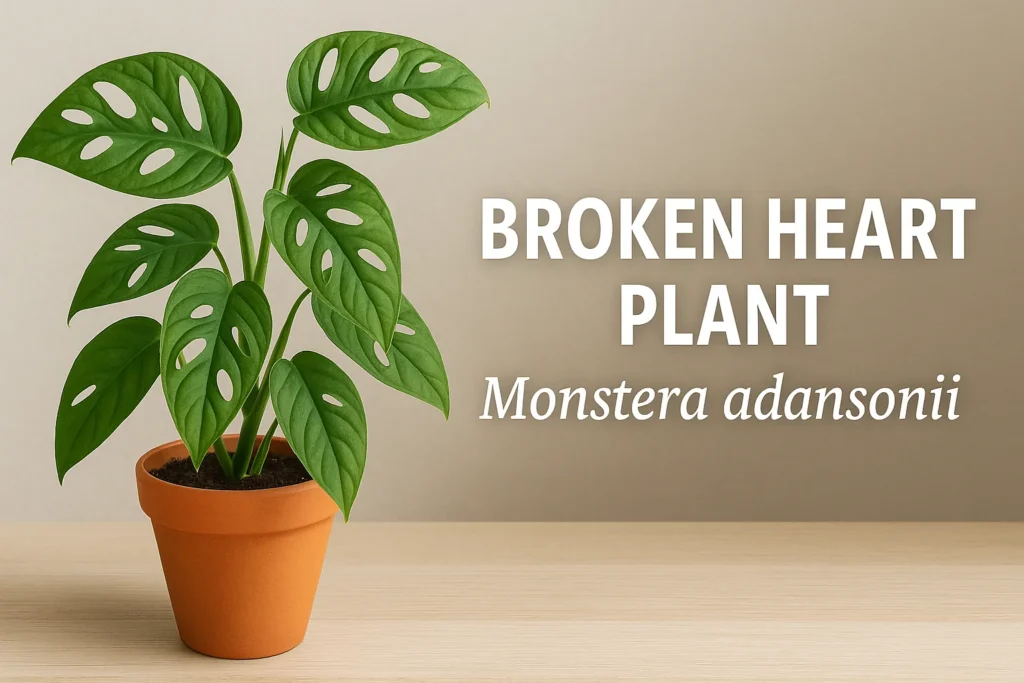If you’ve walked through a winter garden and spotted something frilly, vibrant, and purple—chances are you’ve seen ornamental kale plants. These beautiful and hardy plants are not just pretty faces; they offer more than just aesthetic appeal. Whether you call them ornamental cabbage, purple kale, or flowering kale, these cool-season wonders are a great way to add life to your garden when most other plants fade away. Let’s dive into the vibrant world of ornamental kale and find out why it deserves a spot in your home garden or landscape.
What Are Ornamental Kale Plants?
Ornamental kale is a type of kale that’s grown primarily for its colorful leaves rather than taste. The leaves come in beautiful shades of green, white, pink, and most popularly—purple. While they resemble ornamental cabbage plants, the difference lies in the texture. Ornamental kale has more frilly, feather-like leaves compared to the broader leaves of ornamental cabbage. These plants thrive in cool temperatures, making them perfect for late fall and winter gardens. If you’re planning to add variety along with low-maintenance color, these are a perfect choice.
When to Plant Ornamental Kale
Timing is key when growing ornamental kale, especially if you want that stunning winter display. The best time to plant ornamental kale is in early fall. You can either transplant young plants from nurseries or start them from seeds indoors in late summer. Once the summer heat drops, and nights start cooling down, it’s the ideal window to introduce them outdoors. They love the chill—frost even enhances their colors!
For gardeners who love structured landscaping, the Golden Cypress Plant is another excellent companion for ornamental kale in cooler seasons.
How to Plant Ornamental Kale Seeds

Growing kale from seeds is surprisingly easy and rewarding. To begin, sow the seeds indoors 6–10 weeks before the first expected frost in your area. Use seed trays or small pots with well-draining potting mix. Once the seedlings develop 2–3 true leaves, harden them off and transplant them into your garden beds or containers.
Space the ornamental kale plants around 12–18 inches apart to allow them room to grow and spread their beautiful rosettes. Make sure the location receives full sunlight for the best colour development.
Ornamental Kale Plant Care Tips
Once your kale is in the ground, taking care of it is a breeze. Ornamental kale plant care includes regular watering, occasional feeding, and keeping pests like aphids and cabbage worms away. These plants thrive in well-draining, slightly acidic soil. Mulching can help retain moisture and suppress weeds around them.
They’re quite hardy, but if you live in a region with extremely cold winters, adding an Invisible Balcony Grill to balconies or windows can help shield delicate plants while keeping your home ventilated and safe.
The Purple Kale Plant: Beauty with Benefits
Not all beautiful things are just for show. The purple kale plant is a great example. While often grown for decoration, purple kale is a close relative of edible varieties like Redbor and Scarlet kale. If you’re wondering, is ornamental cabbage edible? Technically, yes. But it’s grown more for looks than taste and can be a bit bitter. If you’re looking to eat it, purple kale varieties cultivated for culinary purposes are a better option.
You can also pair kale with fragrant night bloomers like the Raat Rani Plant to create a visually and aromatically pleasing garden space.
Purple Kale Nutrition Facts and Benefits
Let’s talk about what’s inside this vibrant veggie. Purple kale nutrition is quite impressive. It’s packed with:
- Vitamin K (bone health)
- Vitamin C (immunity booster)
- Fiber (digestion)
- Antioxidants like anthocyanins (the purple pigment)
- Iron and calcium
According to purple kale nutrition facts, one cup provides more than your daily requirement of Vitamin K and a good dose of anti-inflammatory benefits. It’s especially great for skin, heart, and liver health. No wonder the purple kale benefits are earning attention from fitness lovers and nutritionists alike.
How to Cook Purple Kale: Easy and Tasty Ideas
Cooking purple kale is easier than you might think. Start by rinsing the leaves thoroughly and removing the thick stems if they’re too tough. You can chop the leaves for use in salads, soups, smoothies, or stir-fries. Massaging the raw leaves with olive oil helps soften them and reduces bitterness—perfect for making a delicious purple kale salad.
Try lightly sautéing it with garlic, tossing it into pasta, or blending it into a green smoothie. It pairs beautifully with lemon juice, nuts, and seeds. If you’ve explored other healthy foliage like the Alocasia Plant, you’ll love experimenting with purple kale in your meals too.
Is Ornamental Cabbage the Same as Kale?
Although they look very similar, there’s a slight difference. Ornamental cabbage has broader, flatter leaves and often comes in a similar range of colors. Ornamental kale is typically more ruffled and has more variation in leaf shapes. Both are members of the Brassica family, which includes cabbage, broccoli, and Brussels sprouts. While both are technically edible, their textures and flavors aren’t as appealing as regular culinary varieties. Still, they make amazing border plants or centerpieces in winter gardens.
Want to create a layered garden design? Add Black Ficus Plant near the kale patch for contrasting colors and textures.
Final Thoughts
If you’ve been looking to add year-round interest to your garden—ornamental kale plants might be your answer. They’re not only stunning but also cold-hardy and low-maintenance. And if you’re into healthy eating, purple kale offers a nutritious boost straight from your backyard. From their aesthetic charm to health-packed benefits, these versatile plants can bring joy and greenery to any corner of your home. Looking to decorate your entrance or create a lovely garden layout? Learn more about Which Plant is Good for Home Entrance for ideas that combine beauty and good vibes. And if you love colorful blooms, check out the Buraansh Plant or the fragrant Davana Plant for even more inspiration.













